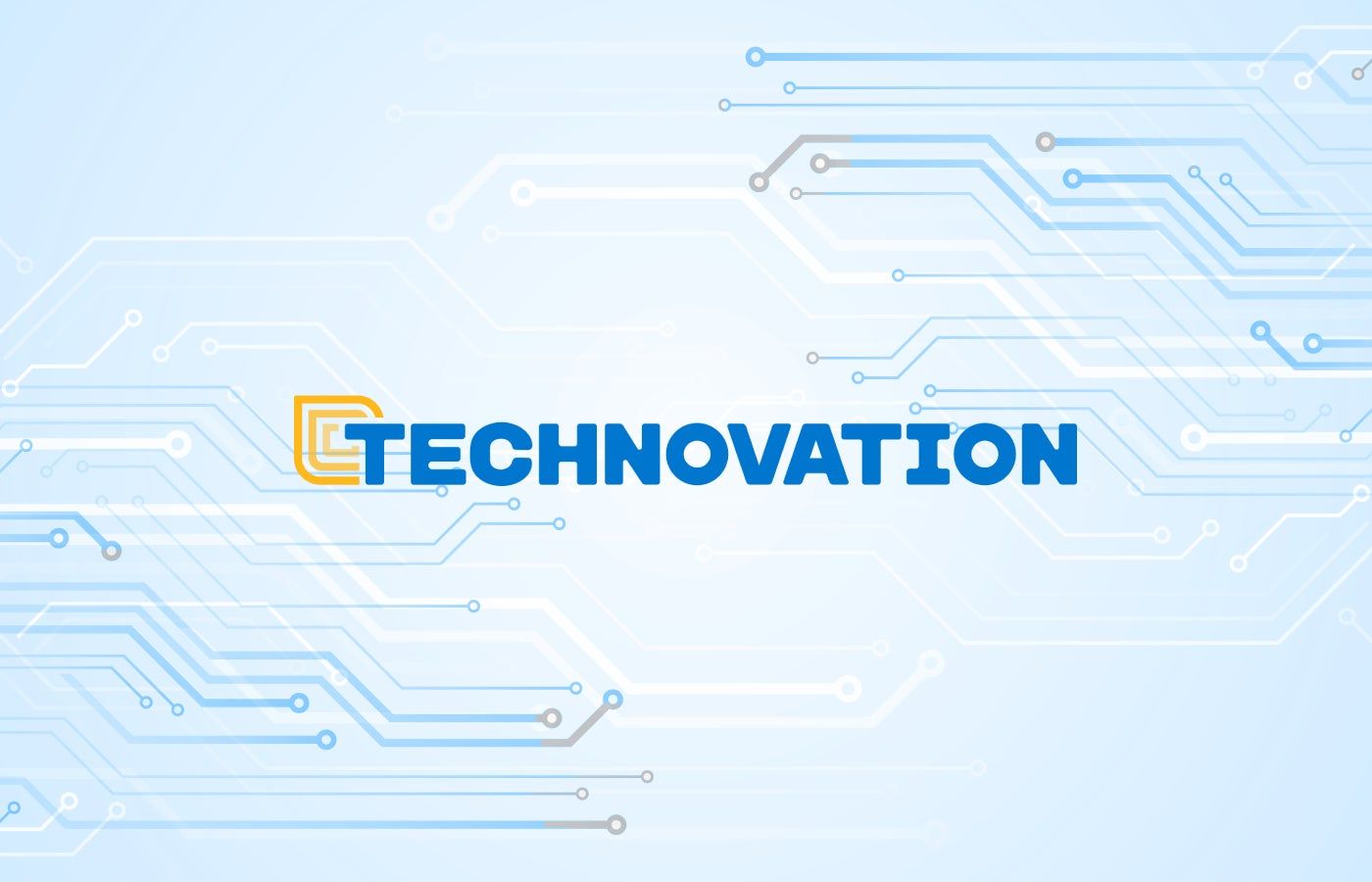Earlier this year, nonprofit Technovation announced the AI Forward Alliance, a collaboration aimed at increasing the number of young women in the artificial intelligence industry. This is one of many initiatives the organization has leveraged to keep its curriculum on the cutting edge since its inception in 2006.
We spoke to founder Dr Tara Chklovski about Technovation’s mission, its AI initiatives, and how companies can support young women in their careers. Bringing more women and girls into the AI industry brings the courage needed to solve problems like bias, she said.
What is Technovation?
Technovation is a non-profit educational organization operating around the world. Girls and young women between the ages of 8 and 18 can join the program to create a project that benefits their local communities through the use of technology. The project lasts approximately 12 weeks.
Each girl or team of girls is paired with a mentor (in the case of younger girls, a parent) who helps them identify problems and find technological solutions. One group in rural Kenya trained an AI to recognize gunshot sounds to speed up law enforcement responses to crimes. Other groups created apps to help women report domestic violence or an app connected to a vibrating bracelet that alerts deaf or hard-of-hearing people to fires, weather or other alarms.
“We are the only global program focused entirely on girls, and we have long-term data showing that because of their deep experience in technology, girls are accessing advanced degrees in computer science and technology careers at a much higher rate than normal,” Chklovski said.
According to Chklovski, 76% of Technovation graduates pursue careers in computer science and 60% pursue careers in technology, specifically as a result of their participation in the program. Chklovski attributes this success in part to their prioritization of problem-solving.
“Instead of walking you through the basics of programming and then having a project at the end, we changed it to say, ‘How do you identify meaningful problems that are going to change the world? ’” he said.
Participants leave their project with a solid business plan and presentation, as well as demo videos of their product.
Encouraging girls to delve into cutting-edge technologies enriches the industry with people confident enough to introduce new ideas, Chklovski said.
“All you need is a workforce that is brave and can come up with new ideas,” he said. “The core of innovation is new ideas, different ideas, different ways of thinking.”
AI is Technovation's latest tool to solve local problems
The AI Forward Alliance is a collaboration between Technovation, UNICEF, Google and other organizations with the goal of impacting 25 million young women. Specifically, the alliance seeks to foster problem-solving skills, complex systems thinking, data science and machine learning.
Chklovski noted that AI is not Technovation's sole focus, but it has been part of its efforts for several years.
“We started doing an AI in action curriculum eight years ago,” Chklovski said. “We came to this conversation about AI with… tons of data about what works and what doesn’t work. [generative] The rise of artificial intelligence is only accelerating. What we have seen is exciting and interesting for young women.
“The AI Forward Alliance is really focused on bringing cutting-edge technology. Right now, it’s artificial intelligence, but maybe in five or ten years, maybe it’s quantum computing. So, in a sense we’re technology agnostic. It’s more about what’s relevant to workforce training, what’s the most powerful tool to address the big, complex problems we face.”
Bad data input, bad data output
Chklovski acknowledges that generative AI can cause, as The AI Forward Alliance stated, “conflict and concern,” particularly when it comes to AI hallucinations, which occur when an AI model generates inaccurate or misleading information but presents it as if it were true.
“There is a lot of room for improvement,” Chklovski said in response to concerns about AI-induced hallucinations. “And I think the way to do that is to improve the data set.”
For example, Technovation projects need to have data on local problems in order to solve local problems.
“We work with orphanages across Vietnam and the girls are very concerned that the standard image recognition models they have access to do not recognise Vietnamese facial expressions,” Chklovski said. “So they developed their own dataset and trained it to work with their population.”
SEE: Stay up to date on artificial intelligence with TechRepublic's cheat sheet.
Women in AI: How companies can encourage young women in technology
Despite years of progress across several sectors, the tech industry continues to grapple with a long-standing problem: the persistent underrepresentation of women.
According to recent research, women hold approximately 26% of technology-related jobs in the United States, despite representing nearly half of the workforce. Women account for 35% of all employees in computer systems design and related services in the United States.
Improving gender equity in the workplace reduces the chance that products, including generative AI, will exhibit bias. A 2018 study by Deloitte found that when organizational leaders foster inclusion, 70% of workers report an increase in “respect, value, and yearning,” as well as “psychological safety and inspiration.”
On the contrary, the lower number of women in the technology sector limits the number of people who can help companies find solutions to real problems. For example, the projects worked on in Technovation groups are often aligned with the global goals of the United Nations General Assembly.
To encourage young women to pursue or continue careers in technology, companies should look outside traditional college programs for the skills they want to hire, Chklovski said. Many conversations about AI in education are “short-sighted,” she suggested, because the technology is moving too fast.
“Rapid engineering is another thing. People talk about it, and I think that’s aiming too low,” he said. “Because by the time you develop the curriculum, train the teachers, and implement this on a large scale, the technology has already changed. It’s more important to teach young people, especially, to develop future-proof skills where lifelong learning is the key.”
Recruiters should look for products that young women, like the Technovation graduates, have already built and problems they’ve solved. For example, Chklovski said, one Technovation team built an Uber-like app in 2010, before the proliferation of ride-sharing companies. Another group built an app that encouraged digital “focus time,” long before it was a common mantra that people might have difficulty paying attention in an onslaught of digital information.
He suggested that companies take a practical, project-focused approach to workplace training, encouraging people to pick a problem and learn how to solve it rather than watching “extremely boring” training courses.
Companies should also consider internships for young women who have computer science degrees or practical experience outside the top 20 universities, Chklovski said.
“We have 11,000 alumni over the age of 18 who are looking for internships, career opportunities, and have a strong portfolio to show what they’ve accomplished and what kind of problems they’ve solved,” she said. “That takes some of the guesswork out of hiring.”












